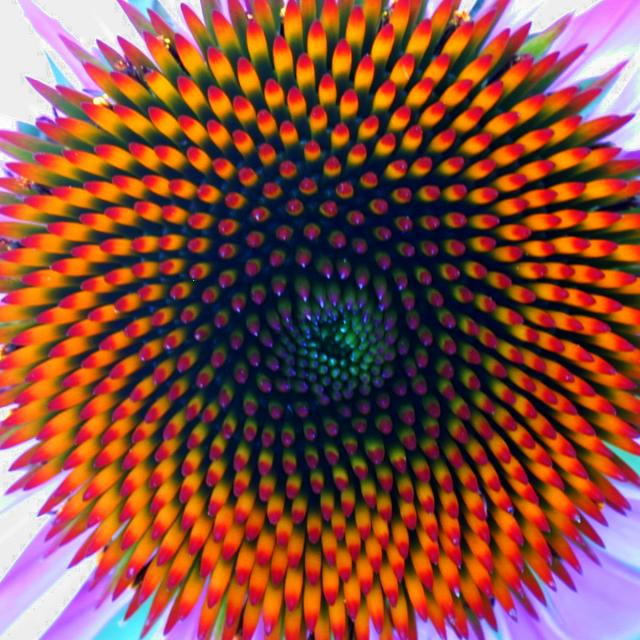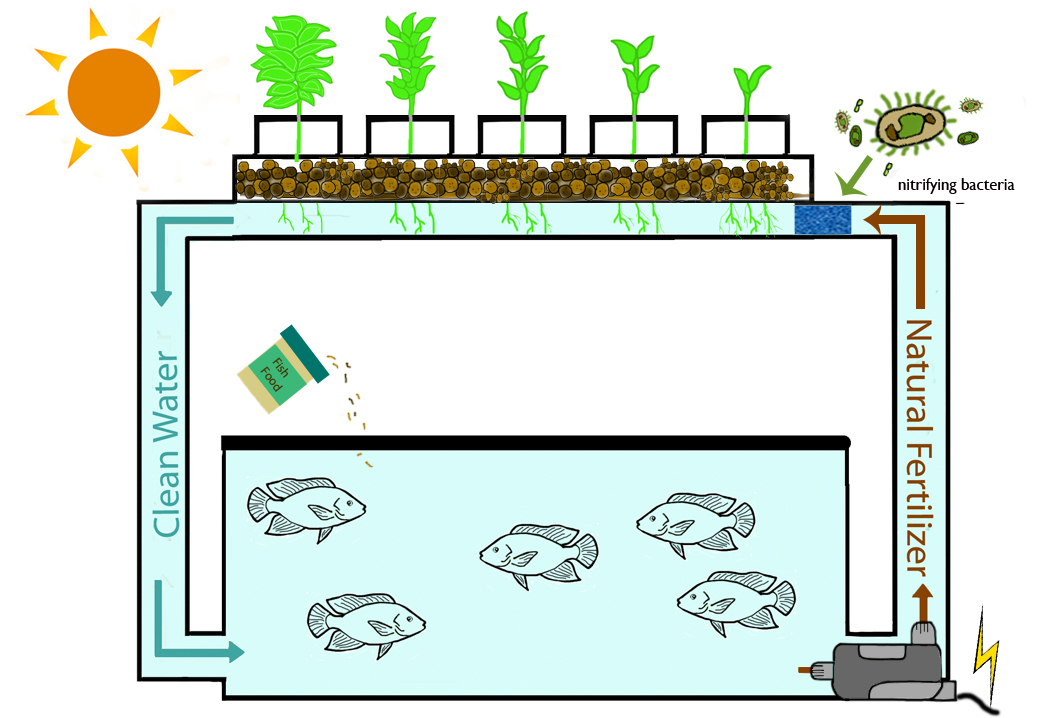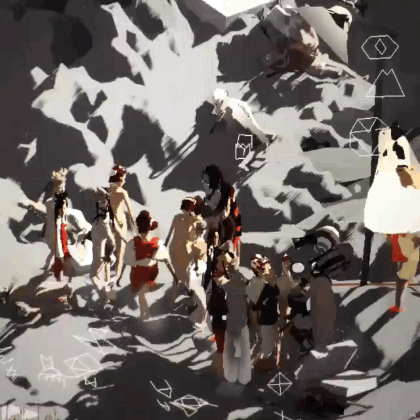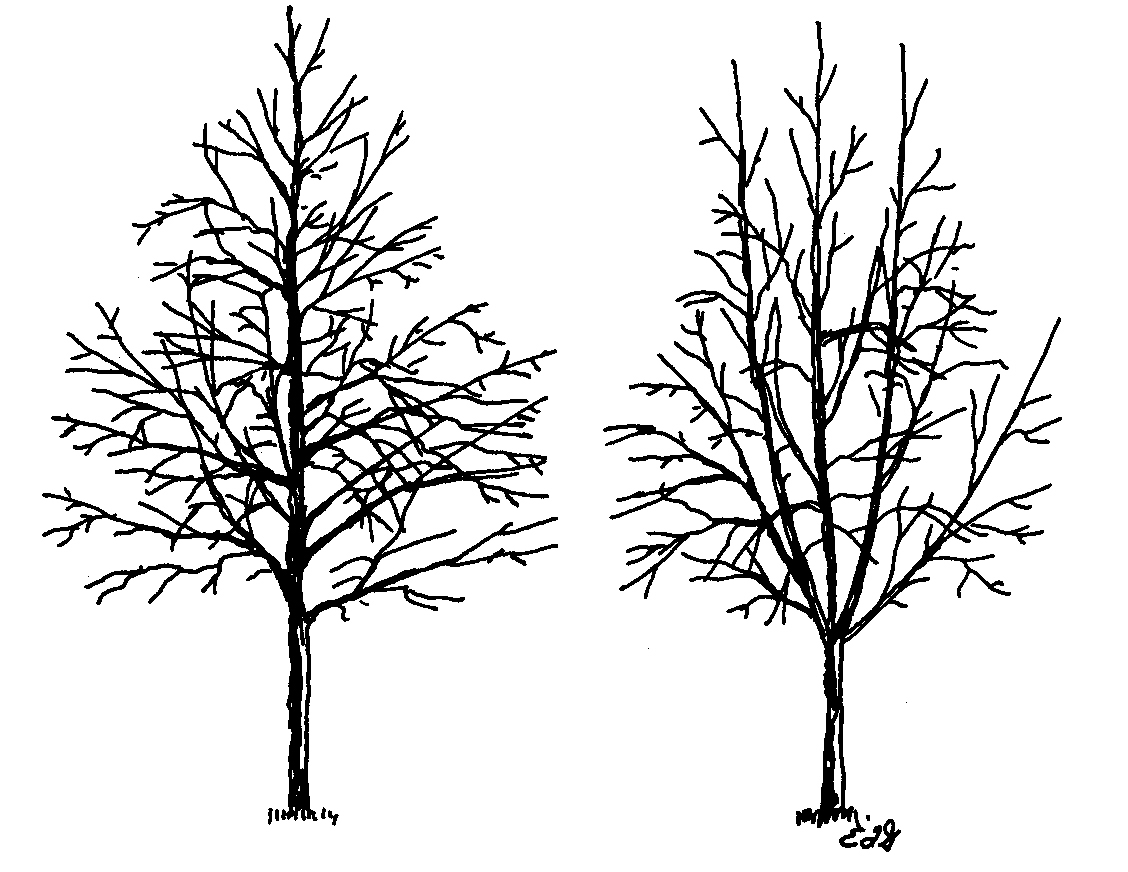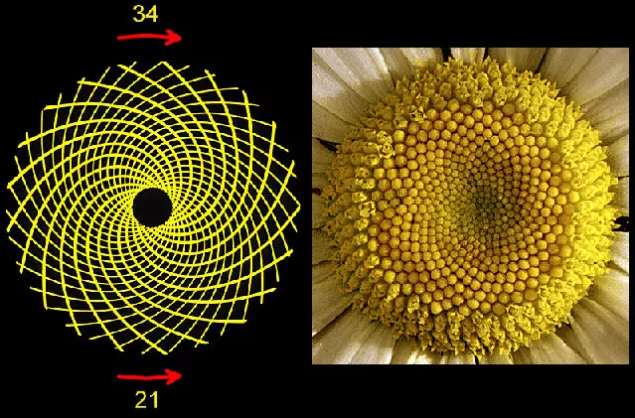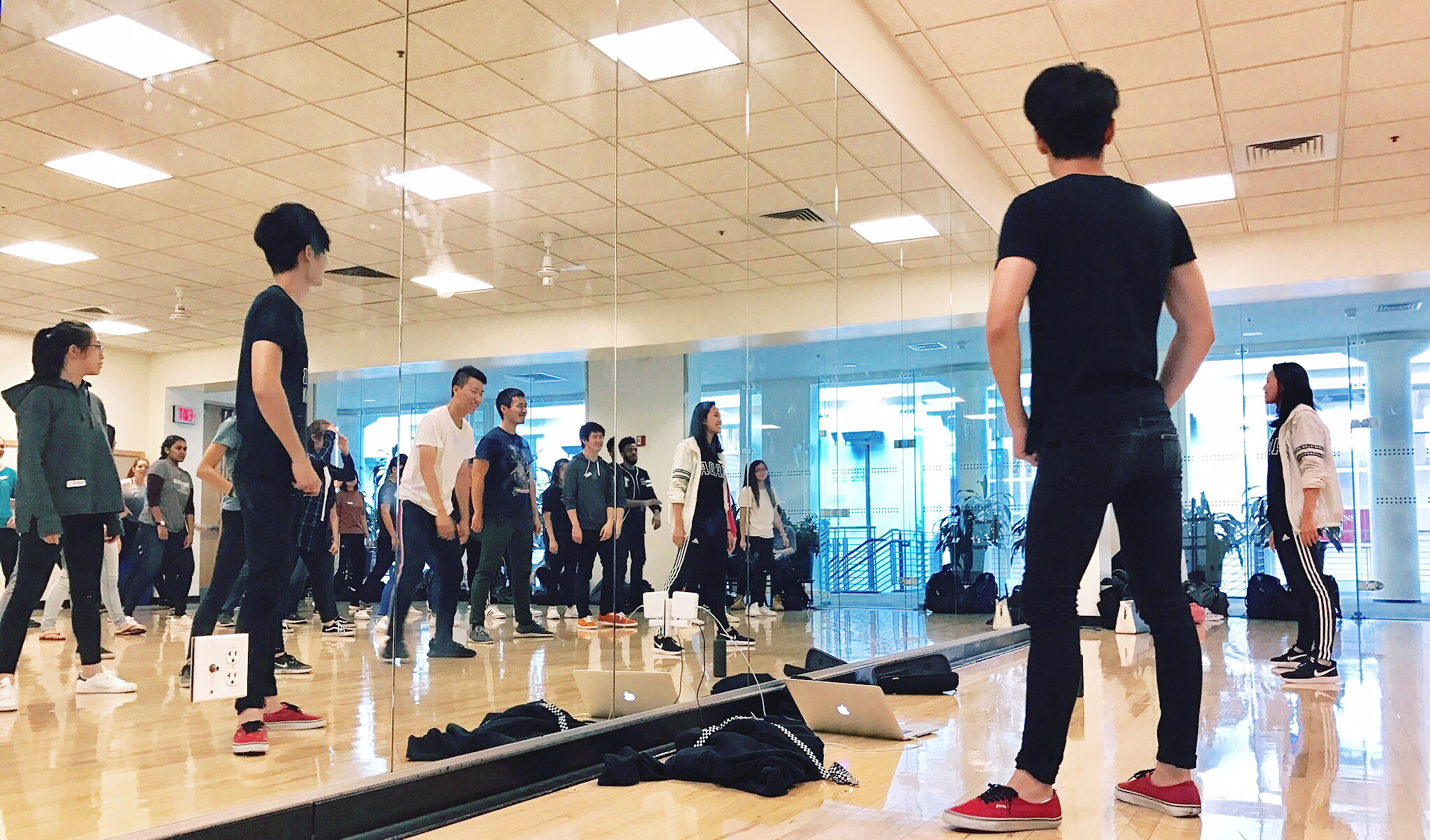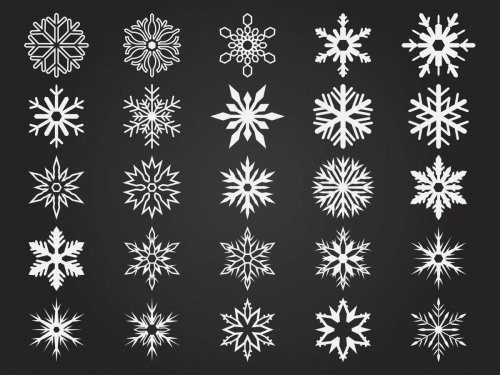A) Slime mold is one of my favorite examples of a natural system that exhibits effective complexity. There was an experiment that put food sources in locations imitating the destinations of the Tokyo railway system, and then allowed the slime mold to grow. It ultimately formed a network that matched the efficiency of the actual Tokyo area railway system. Each cell makes decisions on the highly ordered and simple side of the spectrum, but the emergent system with many cells vastly boosts effective complexity.
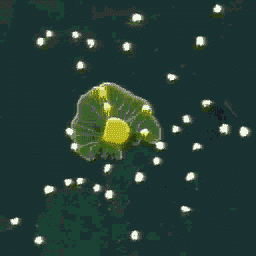
(Images from the American Association for the Advancement of Science, GIF by Mark Fricker)
B) Galanter's The Problem of Meaning is the problem that I have struggled with the most in generative art. I would like my art to be relevant beyond just the intrigue of the medium, and I would argue that generative art is wholly capable of achieving meaning in just about every subject matter that non-generative art can. However, in artwork where the system that made it is so significant, it's difficult to make something interesting enough that the viewer sees past medium and into content.
